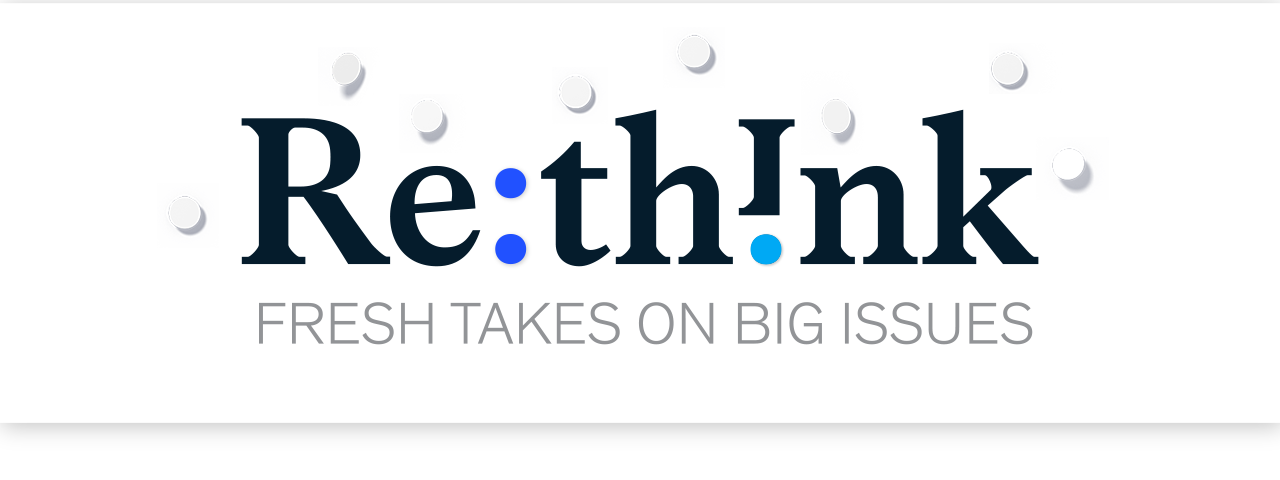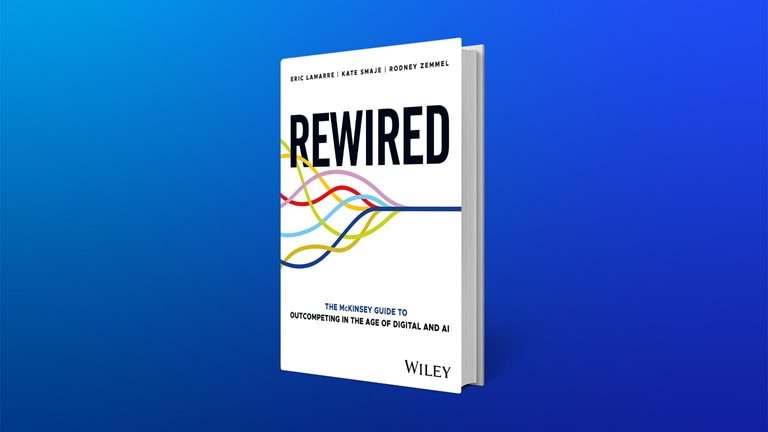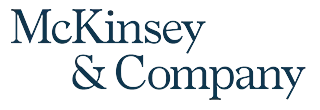Archives
- By thread 5344
-
By date
- June 2021 10
- July 2021 6
- August 2021 20
- September 2021 21
- October 2021 48
- November 2021 40
- December 2021 23
- January 2022 46
- February 2022 80
- March 2022 109
- April 2022 100
- May 2022 97
- June 2022 105
- July 2022 82
- August 2022 95
- September 2022 103
- October 2022 117
- November 2022 115
- December 2022 102
- January 2023 88
- February 2023 90
- March 2023 116
- April 2023 97
- May 2023 159
- June 2023 145
- July 2023 120
- August 2023 90
- September 2023 102
- October 2023 106
- November 2023 100
- December 2023 74
- January 2024 75
- February 2024 75
- March 2024 78
- April 2024 74
- May 2024 108
- June 2024 98
- July 2024 116
- August 2024 134
- September 2024 130
- October 2024 141
- November 2024 171
- December 2024 115
- January 2025 216
- February 2025 140
- March 2025 220
- April 2025 233
- May 2025 239
- June 2025 303
- July 2025 157
-
DevCon Workshop: Harness Generative AI Acceleration
DevCon Workshop: Harness Generative AI Acceleration
Join us for Harness Generative AI Acceleration with OpenVINO™ toolkit


Harness Generative AI Acceleration with OpenVINO™ Toolkit
July 12, 2023; 7PM-8PM IST
Register now 


Md Abul,
Generative AI is exploding, bringing potential AI applications that could change everything we do. In this workshop, we'll delve into the world of transformer models, including Stable Diffusions and text processing, as well as explore how we've optimized these models to run on Intel’s wide variety of hardware.
What you’ll learn:
- Using Huggingface Transformers to create powerful AI solutions quickly
- Deploying stable diffusion and text processing from sophisticated Jupyter Notebooks
- AI applications can scale across GPUs and CPUs heterogeneously with Intel® Hardware
- How dynamic shape optimization maximizes Deep Learning performance
Register today 


Paula Ramos
AI Software Evangelist
Dr. Ramos is a technology leader driving the intersection of AI with real-use cases and has made contributions in computer vision, computational photogrammetric, machine learning, embedded systems, edge computing, IoT systems, and cloud computing.

Anisha Udayakumar
AI Evangelist, Intel
Anisha has a passion for the OpenVINO™ toolkit that she brings to leveraging AI, Augmented Reality, Virtual Reality, Robotics, and XR to build rapid prototypes and vision-based retail solutions.Upcoming DevCon Webinars
Aug
9
Beyond the Continuum: The Importance of Quantization in Deep Learning
7PM-8PM IST

Sept
5
How To Build a Smart Queue Management System Step by Step? From Zero to Hero
7PM-8PM IST

Register early 






If you forward this email, your contact information will appear in any auto-populated form connected to links in this email.
This was sent to info@learn.odoo.com because you are subscribed to Webinars. To view and manage your marketing-related email preferences with Intel, please click here.
© 2023 Intel Corporation
Intel Corporation, 2200 Mission College Blvd., M/S RNB4-145, Santa Clara, CA 95054 USA. www.intel.com
Privacy | Cookies | *Trademarks | Unsubscribe | Manage Preferences
by "Intel Developer Zone" <intel.developer.zone@plan.intel.com> - 05:41 - 23 Jun 2023 -
Registration closing: Md Abul, don’t miss this benchmarking AI webinar
Registration closing:Md Abul, don’t miss this benchmarking AI webinar
Learn to leverage the Red Hat OpenShift Data Science Platform.


Benchmark AI apps on Intel® hardware with RHODS and Intel® Developer Cloud for the Edge
June 29, 8:30-9:30am PDT
Register for the Webinar 

Md Abul,
Please join us for our upcoming webinar on AI application benchmarking. Cohosted by experts from Intel and Red Hat, this webinar will explore how AI developers can benchmark applications on Intel® hardware through the Red Hat® OpenShift® Data Science Platform (RHODS). Attendees will learn how to:- Leverage the Intel® Developer Cloud for the Edge-Container Playground as REST APIs from within RHODS
- Benchmark AI applications using the OpenVINO™ Toolkit on Intel® CPUs, integrated GPUs, and discrete GPU hardware
- Test solutions on Intel® hardware hosted on the Container Playground
Register now 


Meghana Rao
AI Developer Evangelist, Intel Corporation
Meghana Rao is a Technical Marketing Engineer at Intel and serves as a developer evangelist for Intel family of products and solutions. In her current role as an AI evangelist, she works closely with universities and developers in evangelizing Intel’s AI portfolio and solutions, helping them understand Machine Learning and Deep Learning concepts, technologies, and platforms.


Audrey (Guidera) Reznik
Sr. Principal Software Engineer at Red Hat
Audrey Reznik has been in the IT industry (private and public sectors) for 27 years in multiple verticals. Audrey was instrumental in educating scientists about what the OpenShift platform was and how to use OpenShift containers (images) to organize, run, and visualize data analysis results. Audrey now focuses on next-generation applications. She is passionate about Data Science and in particular the current opportunities with Machine Learning and Federated Data.







This was sent to info@learn.odoo.com because you are subscribed to Webinars. To view and manage your marketing-related email preferences with Intel, please click here.
© 2023 Intel Corporation
Intel Corporation, 2200 Mission College Blvd., M/S RNB4-145, Santa Clara, CA 95054 USA. www.intel.com
Privacy | Cookies | *Trademarks | Unsubscribe | Manage Preferences
by "Intel Developer Zone" <intel.developer.zone@plan.intel.com> - 04:54 - 23 Jun 2023 -
Hi
Hi, I wanted to reach out because I have an Audit of your website that reports on the key areas that Google identifies as the main reasons you're probably missing out on a lot of leads. Are you the right person to send this report with no cost or obligation? If you are, please reply to this email and I'll send it over to you. Yours Sincerely Christina Choy ----------------------------------------------------------------------- Note:-If you are not interested, kindly respond with "REMOVE"
by "Christina Choy" <info@realvisu.com> - 02:51 - 23 Jun 2023 -
Bad Google Review Deletion
Hi I am trying to get in touch with you regarding your negative or unwanted Google reviews. We remove negative and fake reviews permanently from Google, Facebook, Trustpilot, Glassdoor and many more platforms . There is NO UPFRONT PAYMENT to get started with our service. You will only pay after we remove the review. Please reply to this email for more information. Yours Sincerely Shiri Miller ______________________________________________ Reply with a NO if you are not interested.
by "Shiri Miller" <info@impressink.com> - 02:29 - 23 Jun 2023 -
Receive a PDF with the Best of the Top 50 ByteByteGo Topics by Inviting Friends
Receive a PDF with the Best of the Top 50 ByteByteGo Topics by Inviting Friends
Thank you for reading ByteByteGo Newsletter — your support allows me to keep doing this work. If you enjoy ByteByteGo Newsletter, it would mean the world to me if you invited friends to subscribe and read with us. If you refer friends, you will receive benefits that give you special access to ByteByteGo Newsletter. Open in app or online Thank you for reading ByteByteGo Newsletter — your support allows me to keep doing this work.
If you enjoy ByteByteGo Newsletter, it would mean the world to me if you invited friends to subscribe and read with us. If you refer friends, you will receive benefits that give you special access to ByteByteGo Newsletter.
How to participate
1. Share ByteByteGo Newsletter. When you use the referral link below, or the “Share” button on any post, you'll get credit for any new subscribers. Simply send the link in a text, email, or share it on social media with friends.
2. Earn benefits. When more friends use your referral link to subscribe (free or paid), you’ll receive special benefits.
1 referral: Receive a PDF with 50+ Best of ByteByteGo topics.
3 referrals: Earn a 1-month paid subscription.
10 referrals: Earn a 3-month paid subscription.
To learn more, check out Substack’s FAQ.
Thank you for helping get the word out about ByteByteGo Newsletter!
Latest articles
Here are the latest articles you may have missed:
To receive all the full articles and support ByteByteGo, consider subscribing:
Like
Comment
Restack
© 2023 ByteByteGo
548 Market Street PMB 72296, San Francisco, CA 94104
Unsubscribe
by "ByteByteGo" <bytebytego@substack.com> - 02:24 - 23 Jun 2023 -
Competition for tech talent is fierce. Can carmakers capture the workers they need?
On Point
Chatting with Porsche Digital’s CEO Brought to you by Liz Hilton Segel, chief client officer and managing partner, global industry practices, & Homayoun Hatami, managing partner, global client capabilities
— Edited by Belinda Yu, editor, Atlanta
This email contains information about McKinsey's research, insights, services, or events. By opening our emails or clicking on links, you agree to our use of cookies and web tracking technology. For more information on how we use and protect your information, please review our privacy policy.
You received this email because you subscribed to the On Point newsletter.
Copyright © 2023 | McKinsey & Company, 3 World Trade Center, 175 Greenwich Street, New York, NY 10007
by "McKinsey On Point" <publishing@email.mckinsey.com> - 12:15 - 23 Jun 2023 -
Web Designing Proposal
Hi,
I am reaching out to see if there is anything that would like to upgrade, repair or redesign on your site. I am a web designer/developer that can do just about anything you can imagine at very affordable prices.
Our Services: -
1. E-commerce Websites2. WordPress Websites3. Shopify Websites4. Magento Websites5. Drupal Websites6. Joomla Websites7. CMS Websites8. PHP Websites
I'd be happy to send some of our Designing and Development samples & price list, if you'd like to assess our work.
Let me know what you think.
Kind Regards,Alan SmithWeb designer & developer***********************************************
by "Alan Smith" <SEOOutshineSolution@OUTLOOK.COM> - 08:31 - 22 Jun 2023 -
Rewired to outcompete
6 capabilities
by "McKinsey Daily Read" <publishing@email.mckinsey.com> - 07:46 - 22 Jun 2023 -
Why a one-size-fits-all approach to development may fall short
Understand the implications Share these insights
This email contains information about McKinsey's research, insights, services, or events. By opening our emails or clicking on links, you agree to our use of cookies and web tracking technology. For more information on how we use and protect your information, please review our privacy policy.
You received this email because you subscribed to our McKinsey Global Institute alert list.
Copyright © 2023 | McKinsey & Company, 3 World Trade Center, 175 Greenwich Street, New York, NY 10007
by "McKinsey & Company" <publishing@email.mckinsey.com> - 02:39 - 22 Jun 2023 -
Bad Google Review Deletion
Hi I am trying to get in touch with you regarding your negative or unwanted Google reviews. We remove negative and fake reviews permanently from Google, Facebook, Trustpilot, Glassdoor and many more platforms . There is NO UPFRONT PAYMENT to get started with our service. You will only pay after we remove the review. Please reply to this email for more information. Yours Sincerely Barbara Thomas ______________________________________________ Please ask to be NO if you are not interested.
by "Barbara Thomas" <admin@pearlfisher.com> - 02:16 - 22 Jun 2023 -
Your website
Good day, My name is Lauren. We are a US-based, reasonably priced SEO company. I was checking your website, and I see you have a good design, and it looks great, but it’s not ranking on Google or other major search engines. I have some ideas that I'd like to discuss with you and wondered if you'd be free for a discussion this week. Please reply to this email for more information in details. Kind Regards Lauren Brown ------------------------------------------------------- Please reply with a 'NO' if you are not interested.
by "Lauren Brown" <admin@visibilityoak.com> - 12:23 - 22 Jun 2023 -
Everything You Always Wanted to Know About TCP But Too Afraid to Ask
Everything You Always Wanted to Know About TCP But Too Afraid to Ask
In this issue, we dive into one of the most important protocols - Transmission Control Protocol (TCP). Recalling our previous issue, client-server communications rely on HTTP and WebSocket. While HTTP is used for stateless, request/response communication, WebSocket is used for persistent, bi-directional communication. Crucially, both rely on TCP. Open in app or online This is a sneak peek of today’s paid newsletter for our premium subscribers. Get access to this issue and all future issues - by subscribing today.
Latest articles
If you’re not a subscriber, here’s what you missed this month:
To receive all the full articles and support ByteByteGo, consider subscribing:
In this issue, we dive into one of the most important protocols - Transmission Control Protocol (TCP).
Recalling our previous issue, client-server communications rely on HTTP and WebSocket. While HTTP is used for stateless, request/response communication, WebSocket is used for persistent, bi-directional communication. Crucially, both rely on TCP.
Connection-oriented, reliable, and bitstream-oriented
The IP protocol at the network layer is inherently unreliable. It is responsible for delivering packets from one IP address to another without any guarantees for delivery, order, or even the completeness of the data in the packet. This is where TCP steps in to ensure reliable data transmission.
There are 3 important features of TCP:
TCP is connection-oriented. Unlike UDP which sends data from one server to multiple servers, TCP establishes a connection between two specific servers.
TCP is reliable. TCP guarantees the delivery of the segments, no matter what the network condition is.
TCP is bitstream-oriented. With TCP, application layer data is segmented. The transport layer remains oblivious to the boundary of a message. In addition, the segments must be processed sequentially, and duplicated segments are discarded.
To identify a unique TCP connection, we use the following fields, often referred to as a 4-tuple.
Source and destination IP addresses. Located in the IP header, these direct the IP protocol on data routing.
Source and destination ports. Found in the TCP header, these instruct the TCP protocol on which process should receive the segments.
More on TCP header
We have already touched on the source and destination ports in the TCP header. Let’s further investigate other fields in the TCP header, especially those essential for TCP connection establishment. The diagram below highlights these significant fields.
Sequence number
When we establish a new TCP connection, a random 32-bit value is assigned as the initial sequence number. The receiving end uses this sequence number to send back an acknowledgment. The sequence number serves as a mechanism to ensure sequential processing of the segments at the receiving end.
Acknowledgment number
This 32-bit number is used by the receiver to request the next TCP segment. This value is the sequence number incremented by one. When the sender receives this acknowledgment, it can assume that all preceding data has been received successfully. This mechanism works to prevent any data losses.
Flags
Also known as control bits, flags indicate the purpose of a TCP message. As we will explore in the next section, there are different types of TCP messages. The control bits indicate whether the message is for establishing a connection, transmitting data, or terminating a connection.
ACK - Used for acknowledgments.
RST - Used to reset the connection when there are irrecoverable errors.
SYN - Used for the initial 3-way handshake. The sequence number field must be set.
FIN - Used to terminate the connection.
In the next section, we’ll see how these fields are used during TCP connection establishment.
Establishing a TCP connection: The 3-way handshake
Let's explore how TCP establishes a connection, a process known as a 3-way handshake, illustrated in the diagram below.
Step 0: Initially, both client and server are in a CLOSE state. The server starts by listening on a specific port for incoming connections.
Step 1: The client initiates a connection by sending a SYN segment to the server. It assigns a random number to the sequence number, known as the Initial Sequence Number (ISN). The SYN control bit is set to 1, transitioning the client into the SYN-SENT state.
Step 2: Upon receiving the SYN segment, the server assigns a random number to the sequence number and sets the acknowledgment number to client_isn+1. Then, it sets both the SYN and ACK control bits to 1 and sends this segment back to the client. At this point, the server enters the SYN-RECEIVED state.
Step 3: The client, after receiving the SYN+ACK segment, sends back an ACK segment, setting the acknowledgment number to server_isn+1. This segment can now carry application-layer data, and the client enters the ESTABLISHED state. Once the server receives the ACK segment, it too enters the ESTABLISHED state.
It’s worth noting that the first two handshakes cannot carry data, but the third one can. Following the 3-way handshake, the client and server can start exchanging data.
TCP is reliable, so what happens when a segment is lost?
If the SYN is lost
If the client doesn’t receive SYN+ACK within a set timeframe, it resends the SYN segment several times (the default is 5). If the SYN+ACK segment still doesn’t arrive, the client terminates the connection, transitioning from SYN_SENT to CLOSED state.
If the SYN+ACK is lost
The client cannot distinguish between the loss of a SYN segment or SYN+ACK segment, so it resends the SYN segment and closes the connection after several attempts.
If the server doesn’t receive the ACK within a certain time, it resends the SYN+ACK segment and closes the connection after several attempts.
If the ACK is lost
If the server doesn’t receive the ACK segment, it initiates a resend. Note that the client does not resend the ACK segment. If the server fails to receive the ACK segment even after resending, it closes the connection.
Closing a TCP connection: The 4-way handshake
Let’s now move on to how a TCP connection is terminated. Both client and server can initiate the termination. In the diagram below, the client initiates the termination.
Step 1: The client initiates by sending a FIN segment to the server, transitioning into the FIN_WAIT_1 state.
Step 2: After receiving the FIN segment, the server responds with an ACK segment and enters the CLOSE_WAIT state. After receiving the ACK segment, the client enters the FIN_WAIT_2 state.
Step 3: Once the server finishes processing, it sends a FIN segment to the client and enters the LAST_ACK state.
Step 4: After receiving the FIN segment, the client sends an ACK segment and enters the TIME_WAIT state. The server, after receiving the ACK segment, moves to the CLOSED state. After waiting for a 2MSL (Maximum Segment Lifetime) duration, the client also transitions to the CLOSED state. The MSL is the longest period a TCP segment can exist in network, arbitrarily defined as 2 minutes.
To dive deeper into TCP handshake, let’s consider three edge cases:
The client is down
The server is down
The network cable gets damaged
What happens if the client goes down after establishing a TCP connection?
Let’s consider a scenario where a TCP connection has been established between client and server, and then the client suddenly goes offline. What would happen?
If the server doesn’t attempt to send data to the client, there is no way for the server to know about the client’s status. The server would remain in the ESTABLISHED state. A solution to this issue is the implementation of TCP keepalive.
With TCP keepalive, a set of timers are associated with the established TCP connection. When the keepalive timer expires, the server sends a keepalive probe to the client. This probe is an ACK segment with no data. If several consecutive probe segments are sent without any response from the client, the server presumes the TCP connection is dead.
Now let’s dive deeper into TCP keepalive across four scenarios:
The client is functioning normally. The server sends a keepalive probe and receives a reply. The keepalive timer resets, and the server will send the next probe when the timer expires again.
The client process is down. The operating system on the client side sends a FIN segment to the server when it reclaims process resources.
The client machine goes offline and restarts. As the diagram below shows, when the client comes back online, it has no knowledge of the previous connection. When the server attempts to send data to the client over this dead connection, the client replies with an RST segment, which forces the server to close the connection.
The client's machine goes offline and doesn’t recover. We’ve talked about this scenario - after several unanswered probes, the server considers the connection as dead.
Similar mechanisms apply when the server goes down after a TCP connection is established, as TCP is a duplex protocol...
Keep reading with a 7-day free trial
Subscribe to ByteByteGo Newsletter to keep reading this post and get 7 days of free access to the full post archives.
A subscription gets you:
An extra deep dive on Thursdays Full archive Many expense it with team's learning budget Like
Comment
Restack
© 2023 ByteByteGo
548 Market Street PMB 72296, San Francisco, CA 94104
Unsubscribe
by "ByteByteGo" <bytebytego@substack.com> - 11:36 - 22 Jun 2023 -
[White paper] What Makes Observability a Priority
New Relic
 Organizations are managing a more diverse array of infrastructure than ever, which increases security, risk, and compliance concerns and affects service-level metrics. Monitoring and observability help address these concerns. However, monitoring is often fragmented and significant data is unmonitored.
Organizations are managing a more diverse array of infrastructure than ever, which increases security, risk, and compliance concerns and affects service-level metrics. Monitoring and observability help address these concerns. However, monitoring is often fragmented and significant data is unmonitored.
In this white paper, What Makes Observability a Priority, we discuss the rise of monitoring and observability, cloud adoption, and why pricing and billing can be a barrier to achieving observability.
Read White Paper Need help? Let's get in touch. 

 This email is sent from an account used for sending messages only. Please do not reply to this email to contact us—we will not get your response.
This email is sent from an account used for sending messages only. Please do not reply to this email to contact us—we will not get your response.
View in browser
This email was sent to info@learn.odoo.com. Update your email preferences.For information about our privacy practices, see our Privacy Policy.
Need to contact New Relic? You can chat or call us at +44 20 3859 9190
Strand Bridge House, 138-142 Strand, London WC2R 1HH
© 2023 New Relic, Inc. All rights reserved. New Relic logo are trademarks of New Relic, Inc.
by "New Relic" <emeamarketing@newrelic.com> - 06:06 - 22 Jun 2023 -
Fwd: Introduction to Hazelcast
Hi Mr. Abul,Thank you for your time earlier. It was a pleasant conversation with you and thank you for showing interest in learning more about Hazelcast.
This is Nittaya from Hazelcast, a real-time intelligent applications platform that provides in-memory computing with Real-Time processing to provide context and actionable insights. We offer the only software platform that unifies transactional, operational, and analytical workloads by combining stream processing with in-memory computing.
If you are looking for in-memory speed, elastic scalability and the developer friendliness of NoSQL, Hazelcast is a great choice.
You can visit below link to see some of our resources such as whitepapers, case study, webinars and upcoming events that you might find useful:
Resources Archive | HazelcastI am attaching additional whitepapers based on our discussion earlier for your better review.
Please do let me know if I can be of any further assistance. I’ll be reaching out to you again soon.
Thank you.
Best regards,์Nittaya
This message contains confidential information and is intended only for the individuals named. If you are not the named addressee you should not disseminate, distribute or copy this e-mail. Please notify the sender immediately by e-mail if you have received this e-mail by mistake and delete this e-mail from your system. E-mail transmission cannot be guaranteed to be secure or error-free as information could be intercepted, corrupted, lost, destroyed, arrive late or incomplete, or contain viruses. The sender therefore does not accept liability for any errors or omissions in the contents of this message, which arise as a result of e-mail transmission. If verification is required, please request a hard-copy version. -Hazelcast
by "Marketing East Asia" <marketing_eastasia@hazelcast.com> - 12:34 - 22 Jun 2023 -
Fleet Expense Management Software designed for Multiple Industries.
Fleet Expense Management Software designed for Multiple Industries.
Simplify financial workflow for businesses across all industries.Simplify financial workflow for businesses across all industries.
Use Cases Across Industries
Trucking
Reduce costs and improve operations through streamlined maintenance and repairs. Simplify driver expense management and accurate record-keeping. Efficiently handle toll and road expenses for easy recording, reconciliation, and allocation.

Rental Fleet
Streamline fuel expense tracking for multiple vehicles. Manage fleet-wide maintenance and repair costs. Monitor vehicle depreciation for accurate asset valuation.

Tourism
Effortlessly track, optimize, and control fleet expenses in the tourism industry. Get centralized expense tracking, automated data capture, accurate real-time monitoring, and powerful reporting capabilities.

Discuss your use-case to get your business growing

Uffizio Technologies Pvt. Ltd., 4th Floor, Metropolis, Opp. S.T Workshop, Valsad, Gujarat, 396001, India
by "Sunny Thakur" <sunny.thakur@uffizio.com> - 12:30 - 22 Jun 2023 -
What does it take to be a good middle manager?
On Point
The value of frontline managers Brought to you by Liz Hilton Segel, chief client officer and managing partner, global industry practices, & Homayoun Hatami, managing partner, global client capabilities
• Getting back to managing. Middle managers are uniquely placed to deliver value through developing talent. Yet they are increasingly occupied with administrative tasks and evaluated on their individual-contributor work, explain McKinsey partners Emily Field and Bryan Hancock and senior partner Bill Schaninger, authors of the forthcoming book Power to the Middle: Why Managers Hold the Keys to the Future of Work. As a result, managers are spending less than a third of their time on managing people, a McKinsey survey reveals.
— Edited by Belinda Yu, editor, Atlanta
This email contains information about McKinsey's research, insights, services, or events. By opening our emails or clicking on links, you agree to our use of cookies and web tracking technology. For more information on how we use and protect your information, please review our privacy policy.
You received this email because you subscribed to the On Point newsletter.
Copyright © 2023 | McKinsey & Company, 3 World Trade Center, 175 Greenwich Street, New York, NY 10007
by "McKinsey On Point" <publishing@email.mckinsey.com> - 10:05 - 21 Jun 2023 -
Generating value from generative AI
Re:think
Creating value from generative AI Let’s start by acknowledging two things: one is that these are still early days for generative AI, and the hype around it has been almost without precedent; and two, that hype could be very real. Generative AI’s impact could be revolutionary.
The potential of generative AI seems to grow by the day. Through its ability to generate content, accelerate processes to develop new products and services, and create code, the large language models that power generative AI can have a profound impact on how we work. Just in healthcare, it could help discover more medicines, run more efficient clinical trials for those medicines, and improve the patient experience (think much better chatbots). As this technology spreads, it may almost seem like it’s giving humans superpowers—or at least abilities they never had before. We’re likely to see a productivity shift for workers unlike anything we’ve seen so far.
The risk is, however, that companies often lose focus in the face of all these incredible options. We’ve seen this movie before: a cool technology hits the scene, companies scramble to take advantage of it by launching myriad pilots, and while there might be a few isolated successes, the bottom-line value is underwhelming. It’s important to test generative AI to understand what it can do, and we’re already finding significant promise. In our own recent research at McKinsey, we have seen greater than 25 percent productivity improvement among our software developers when using Copilot, a generative AI development tool.
But the next level of value will come from a focused application of the technology on meaningful opportunities. As we argue in our book, Rewired: The McKinsey Guide to Outcompeting in the Age of Digital and AI, there is a fine balance between incorporating technologies that can generate significant value and dissipating resources and focus by chasing every promising technology that emerges. Many companies have yet to even make meaningful advances on broader application of AI. Our most recent research suggests that 50 percent of companies have not even developed a single AI application.“50% of companies have not developed a single AI application.”
As with any technology, the ability to extract at-scale value from generative AI requires businesses to make fundamental organization and operational changes—in other words, to rewire how they work. A good place to start is by developing a thorough understanding of what generative AI does best. This deeper understanding is crucial to figuring out how to create value. For example, what is a business’s value proposition when generative AI can access the world’s published knowledge? What other analytics models can be combined with gen AI to tap into breakthrough value?
At the operating model level, companies will need to evolve to accommodate a dedicated generative AI–focused agile team that can ensure responsible development and use of these solutions. This will likely mean closer collaborations with legal, privacy, and governance experts as well as with machine learning operations (MLOps) and testing experts to train and track models. On the people front, massive data science engineering work is needed to train people how to ask large language models the right questions, and how to use the technology in workflows and analyses. Companies will need to identify what skills are needed and what people should be working on.
The technology architecture will need to adapt to incorporate generative AI capabilities into end-to-end workflows, and then people can be trained (and retrained) on how to work with them. There will need to be an evolution at multiple levels in the tech stack—data layer, model layer, UX interface—to ensure adequate integration of these kinds of solutions. MLOps presents an area of special focus. Massive improvements in ML tooling and technologies have expedited the application life cycle and enabled consistent and reliable scaling of AI across business domains. But effective MLOps requires a focus on the full set of application development activities rather than just focusing on the models themselves. We estimate that as much as 90 percent of the failures in ML development come not from developing poor models but from poor production practices and the challenges of integrating the model with production data and business applications. This will be as true for generative AI models, and an especial challenge at large companies today that are already running and managing as many as 500 AI models.
Generative AI is an incredible technology, but it’s still just a technology. To take advantage of that technology requires companies to rewire so they can rapidly develop solutions, improve their customer experience, accelerate innovation, and reduce unit costs.ABOUT THE AUTHOR
MORE FROM THIS AUTHOR
UP NEXTJohn Spivey on how private markets have performed amid uncertainty
Private markets soared in the first half of last year—until inflation and high interest rates threw a wrench in the gears. Here’s what happened, how it changed the landscape, and what it means for this year.
This email contains information about McKinsey’s research, insights, services, or events. By opening our emails or clicking on links, you agree to our use of cookies and web tracking technology. For more information on how we use and protect your information, please review our privacy policy.
You received this email because you subscribed to our McKinsey Quarterly alert list.
Copyright © 2023 | McKinsey & Company, 3 World Trade Center, 175 Greenwich Street, New York, NY 10007
by "McKinsey Quarterly" <publishing@email.mckinsey.com> - 02:41 - 21 Jun 2023 -
Financial Companies Contacts
Hello,
Hope you are doing well.
Keeping the upcoming recession in mind do you wish to ramp up your sales & marketing initiatives with our verified Financial Companies Contacts.
Please help us with your Target Geography: __to get connected with business leaders at your location.
Awaiting your response.
Thanks,
Hannah Doyle
Demand Generation Executive
Please reply with Set-Out in the Subject Line.
by "Hannah Doyle" <hannah.doyle@zoomleadsconnect.com> - 12:14 - 21 Jun 2023 -
I Want to Purchase Property in your country
Dear Sir/Madam,
The war and political tussles in our country have today made us fugitives in our own country Sudan.
I am a mineral miner in my country Sudan.
I write to inquire if you or your company can assist me purchase homes that can accommodate me and my family members for resettlement in your country.
I will pay for your service charge, before the purchase.
Regards,
Abdul Kareem
by "Abdul Kareem" <abdulkareemmm@getnada.com> - 08:33 - 21 Jun 2023 -
Save Your Spot | oneAPI DevSummit for HPC & AI, Southeast Asia 2023
Save Your Spot | oneAPI DevSummit for HPC & AI, Southeast Asia 2023
Immerse yourself in this free one-day virtual event focused on cross-platform development and future technologies.
Register now 
oneAPI DevSummit for HPC & AI, Southeast Asia 2023
August 03, 9:00 am - 5:00 pm IST
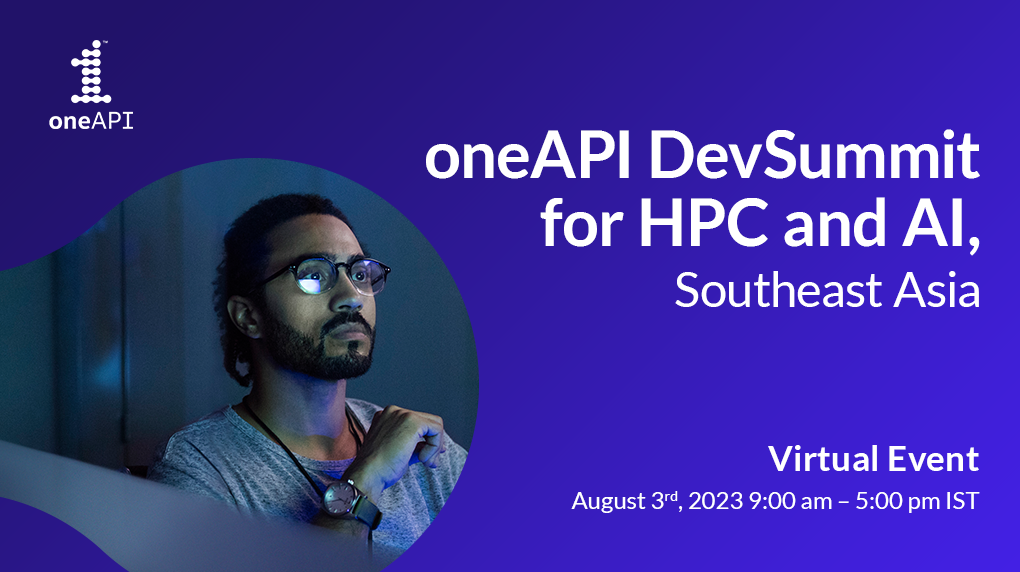


Register now 
Save the date! The oneAPI DevSummit for HPC & AI, Southeast Asia 2023 returns on August 03 with all new topics, speakers, case studies and the latest developments on oneAPI. This one-day virtual event is dedicated to innovative cross-platform solutions developed on oneAPI—a unified, standards-based programming model that delivers uncompromised performance on diverse workloads.
Whether you attended a previous DevSummit or if this is your first time participating, this summit will offer you a chance to hear from industry and academic experts to connect and network with other innovators.
Explore more 
Additionally, you’ll get to experience an expansive keynote, techtalks, live tutorials, and a perspective on cross-architecture computing to catapult you to the next level in your developer journey.
View all speakers 
We hope to see you on August 03, 2023, for the Virtual Conference.
Register today and stand in a chance to win some amazing Prizes and Giveaways at the event :
- First 50 Early Bird prizes
- Event giveaways - Amazon and Starbucks Vouchers
- Lucky dip prizes for engagement at the summit
Save your virtual spot 





If you forward this email, your contact information will appear in any auto-populated form connected to links in this email.
This was sent to info@learn.odoo.com because you are subscribed to Events & Tradeshows. To view and manage your marketing-related email preferences with Intel, please click here.
© 2023 Intel Corporation
Intel Corporation, 2200 Mission College Blvd., M/S RNB4-145, Santa Clara, CA 95054 USA. www.intel.comPrivacy | Cookies | *Trademarks | Unsubscribe | Manage Preferences
by "Intel Software Developer Zone" <intel@plan.intel.com> - 02:36 - 21 Jun 2023
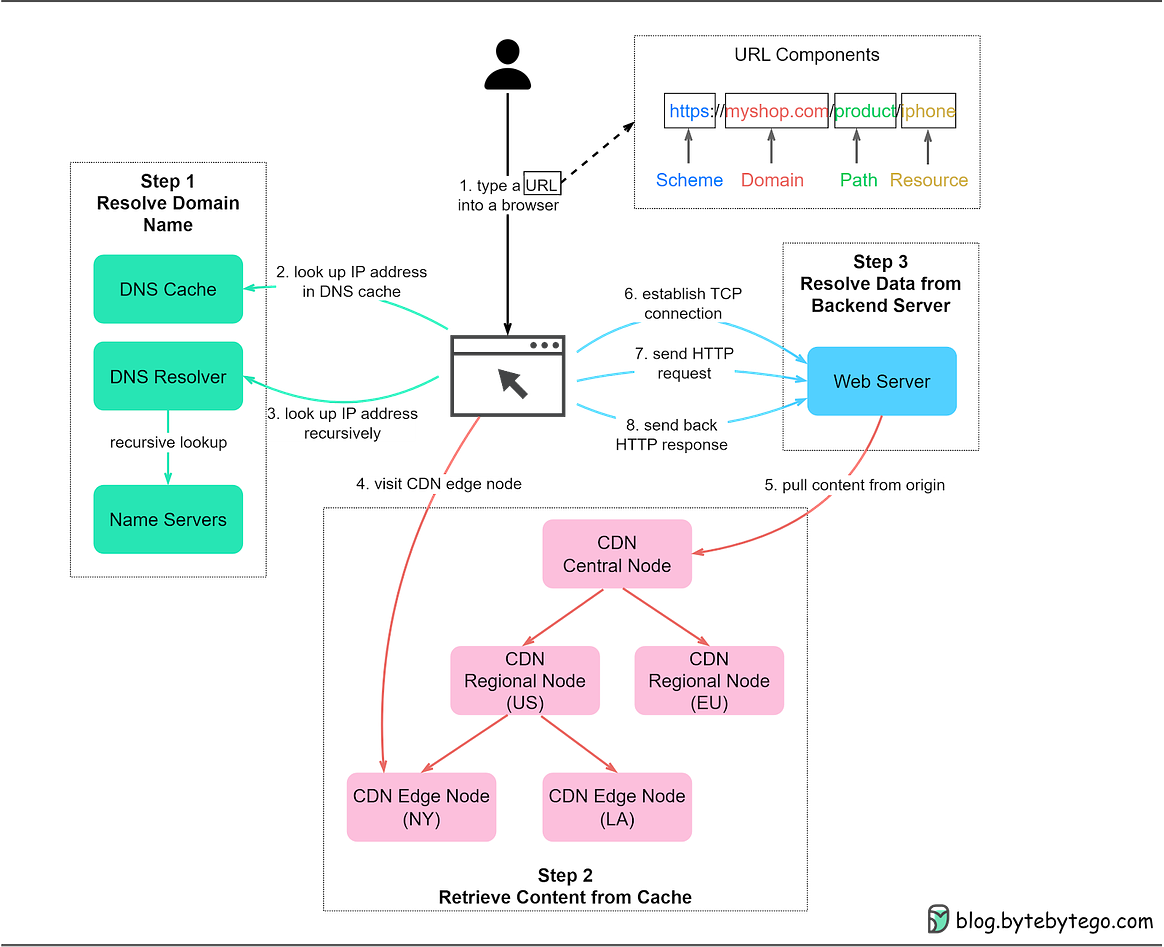


















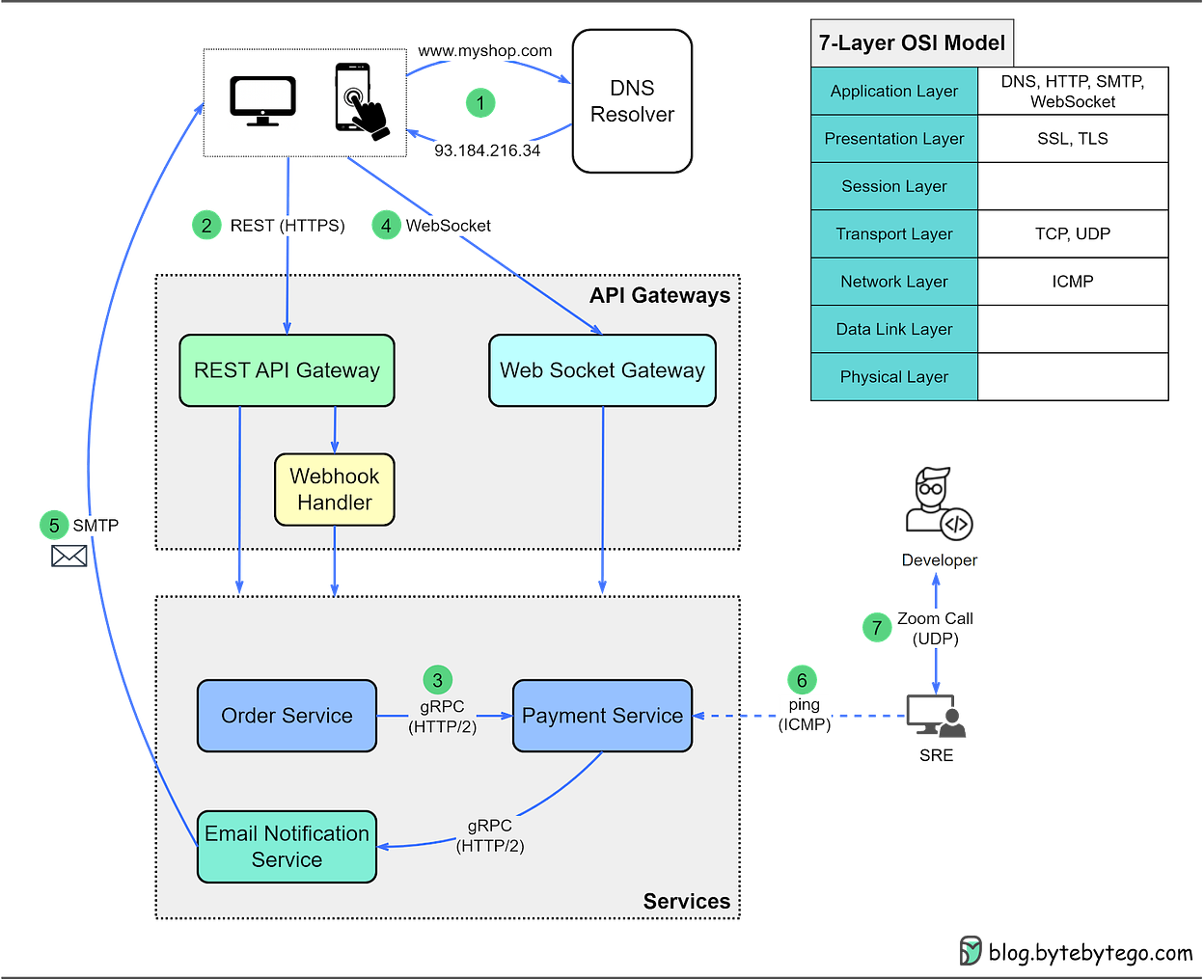
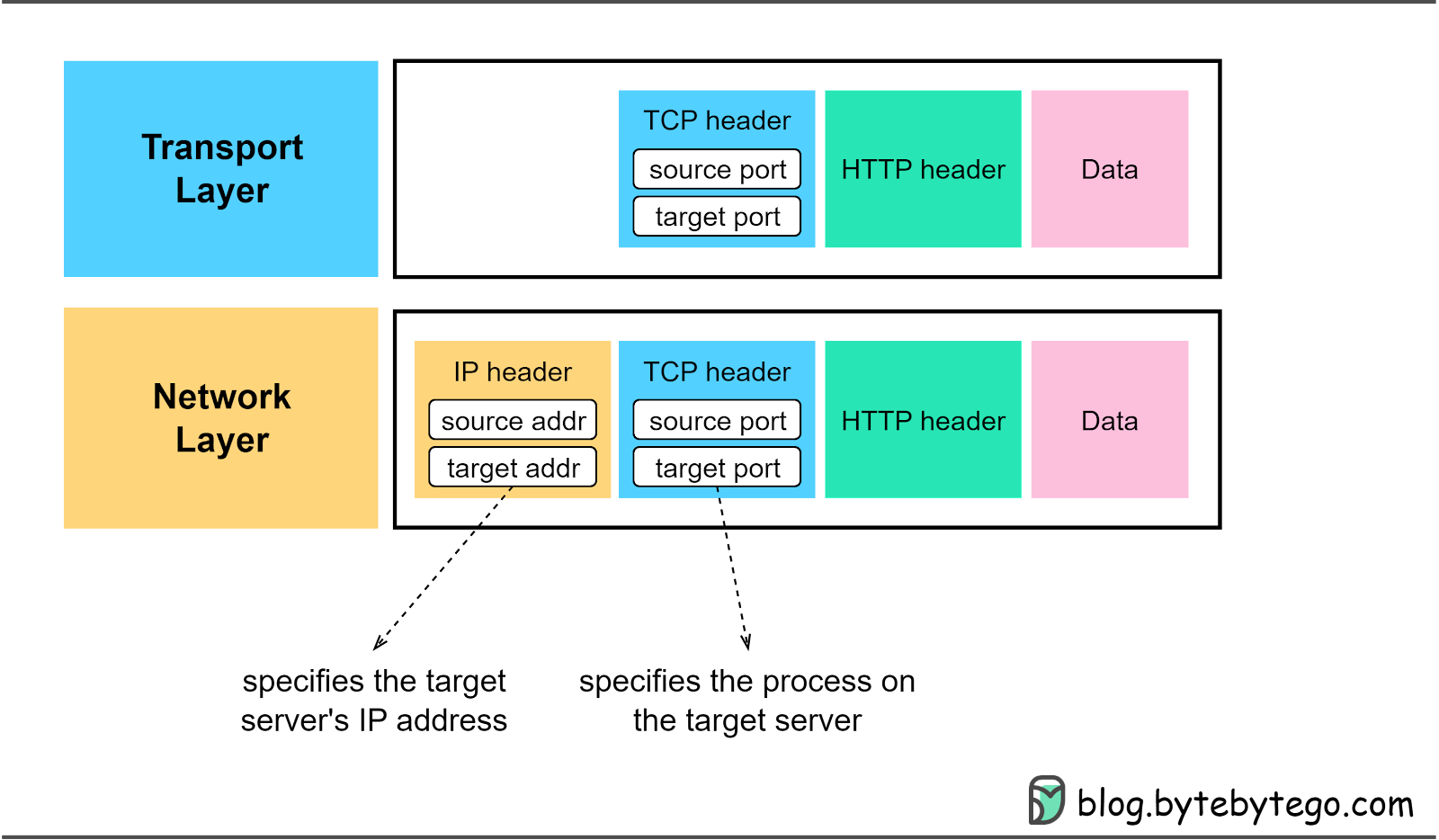
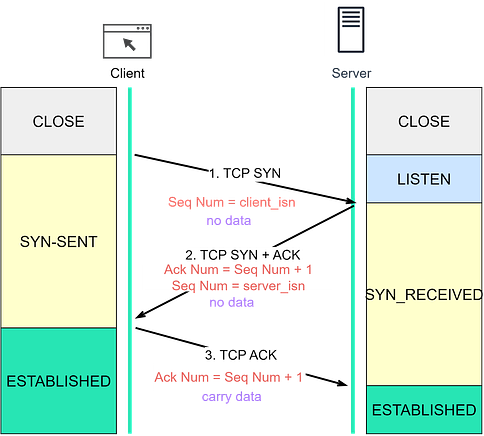
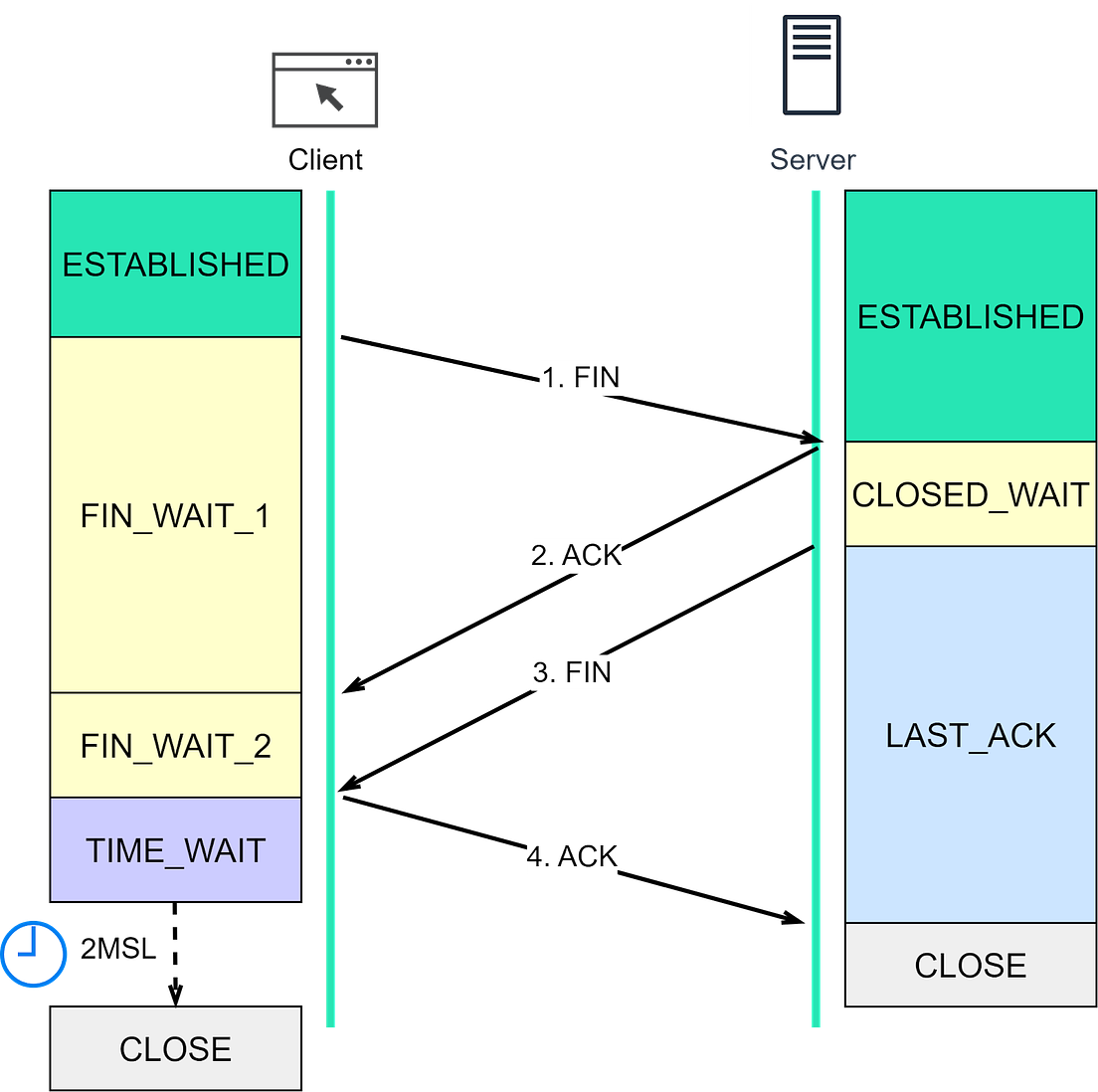
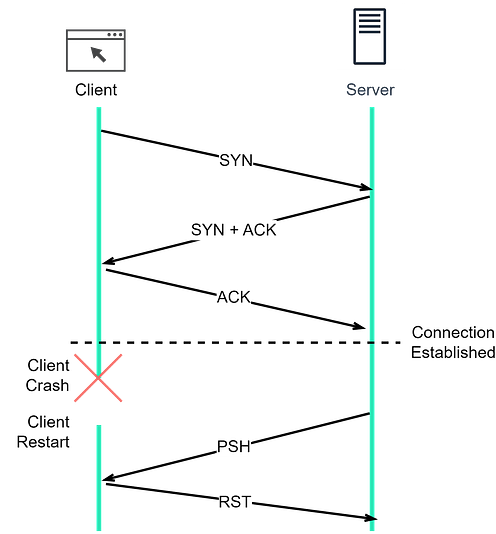
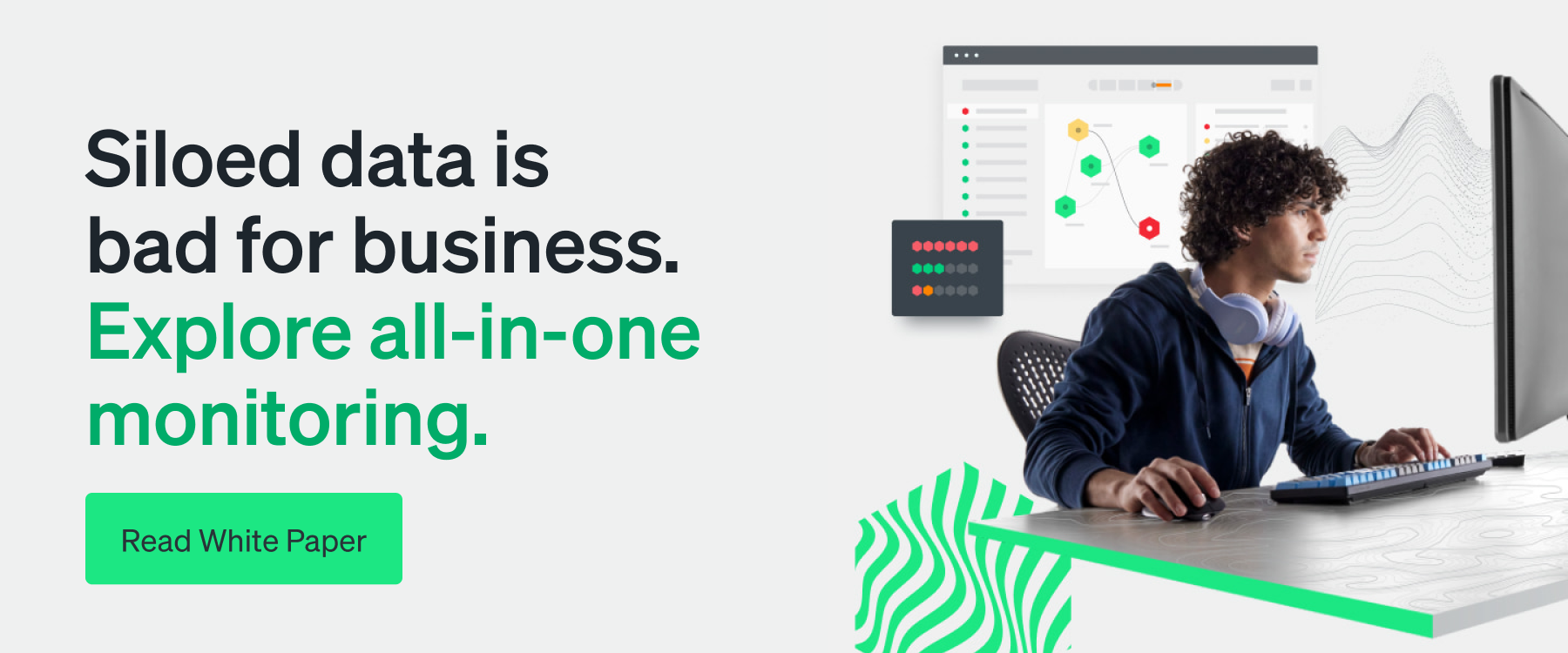
.png?width=1200&upscale=true&name=Expense%20management%20usecases%20(1).png)
